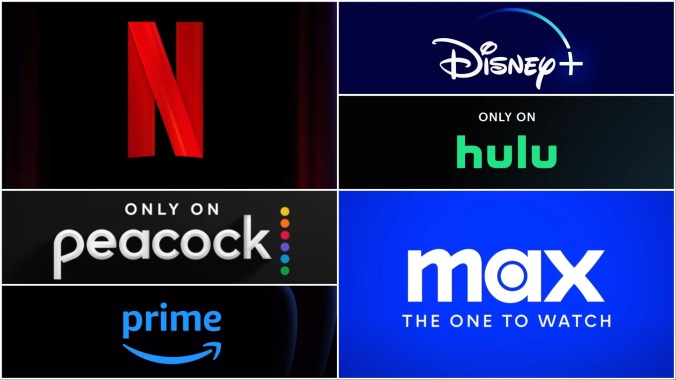The major streaming services increased prices by about 23% over the past year
Disney+ lost subscribers but promises profitability in 2024. But is streaming sustainable?

If everything feels more expensive now than it used to, that’s because a lot of things are more expensive now. That’s true basically across the board, but particularly in the media industry, where attempting to pioneer a new mode of entertainment resulted in essentially reinventing cable. Netflix forged ahead with the streaming format and traditional studios scrambled to catch up. “The networks had aligned with their streaming services and taken all the elasticity out of it. They were throwing money at a problem and hoping that it was going to solve itself,” observed Ken Solomon, Tennis Channel CEO and former Universal Studios Television head, to CNBC. “There was no economics behind it.”
The economics, as they stand in early 2024, are complicated. On Disney’s Q4 shareholders call, the company reported a loss of 1.3 million subscribers at the end of 2023. But it also narrowed losses “by $300 million,” according to Variety, and the entertainment conglomerate projects that its streaming business will become profitable by the end of the fiscal year. As of September 2023, Netflix was still the only streaming service that was turning a profit, and likely only because the company got a jump start by inventing the business wholesale (via CNBC). Every other company responded by throwing money at the problem, which became a problem itself. With so many streaming subscription options, there’s a ceiling to how much customers are willing to pay for streaming subscriptions. In 2022, Netflix reported its first subscriber losses in over a decade (via CNN). Subscriber growth was no longer a reliable metric for profitability. So what next?
It now seems that making the new model profitable is by borrowing tactics from the old model: bundling (“Disney+ with Hulu,” “Paramount+ with Showtime”), windowing content to other platforms (like NBCUniversal licensing Suits to Netflix), introducing advertising tiers, and simply spending less on content. That could mean reducing TV budgets, but also greenlighting fewer shows, more cancellations, and most worryingly, pulling a Zaslav and disappearing existing content for the tax break.
There’s one last tried and true method, and that’s shaking down your existing customers for more cash. Since the beginning of 2023, every major streaming service (including most music streamers) has increased subscription prices. See below (in cost-per-month format):
Amazon Prime Video: $8.99 → $11.98
Apple TV+: $6.99 → $9.99

 Keep scrolling for more great stories from A.V. Club.
Keep scrolling for more great stories from A.V. Club.